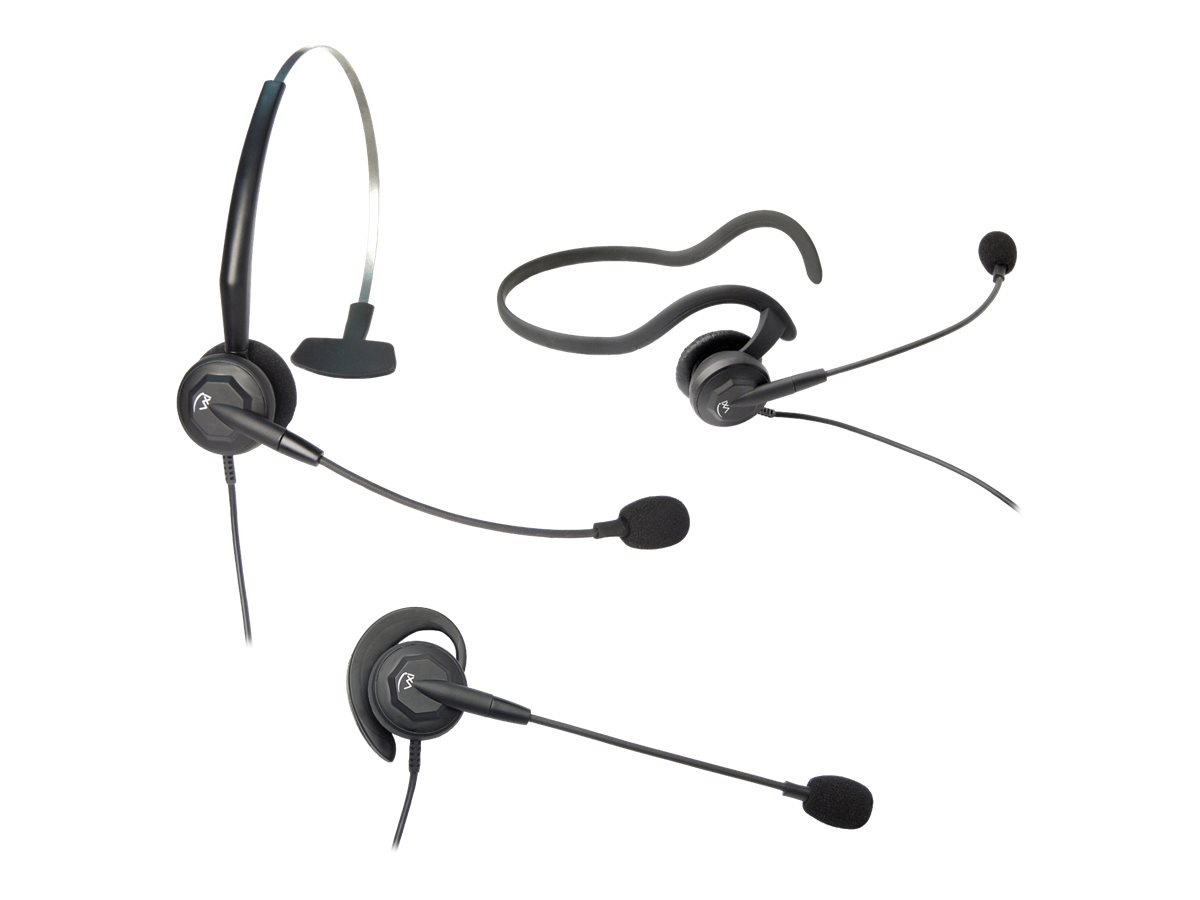The sound quality can be affected by many factors. For many users the frequency range is a key feature of headphones. The wider the range, the more detail and nuance you will hear while listening. However, every individual perceives frequencies differently, so the frequency range of headphones varies according to individual needs. The average person perceives frequencies in the range of 16 to 20,000 Hz, so headphones with a frequency range of 20 to 20,000 Hz are most commonly available. If you are looking for headphones with a good bass performance, you should aim for lower range values (bass represents frequencies up to about 256 Hz), while high range values (frequencies roughly above 2,048 Hz) will be better for reproducing high tones. The frequency range of headphones VXi Tria V DC is 150 - 6800 Hz. Overall, these headphones can reproduce sound up to 90 dB. However, be careful. Repeatedly playing music continuously at really high volumes can damage your hearing.
The device connected to the headphones also plays a role most times. The lower impedance value (approximately 100 to 150 Ohms) is suitable for playback from mobile phones, laptops or other portable players that do not have a powerful enough amplifier. The lower impedance will ensure that the required volume level is achieved with less power, thus extending the life of the player. However, at the same time, with lower impedance, there is more distortion of the sound. Headphones with a higher impedance of around 250 Ohms and above are then more suitable for playback from really powerful signal sources or using a headphone amplifier, otherwise the sound coming out of them might not be loud enough. At the same time, higher-impedance headphones will also ensure less distortion in the sound. In the case of these headphones, the impedance reaches the 300 Ohm value.
Headphones consist of many important parts, including the diaphragm, which is responsible for converting electrical signals into sound. The diaphragm, with a thickness of around 6 mm, is very sensitive to changes in high frequencies but less sensitive to bass. For a relatively balanced sound profile, a medium-thick diaphragm of around 10 mm is used, which can reproduce both bass and treble. A diaphragm with a thickness of around 20 mm is not as quick to respond to changes in the audio signal, and this results in poorer bass listening. However, it is very sensitive to higher frequencies. In the case of this model, the diaphragm is the 36 mm.
Show more
